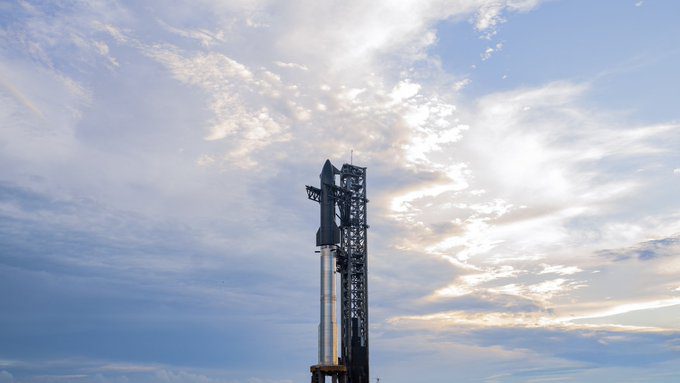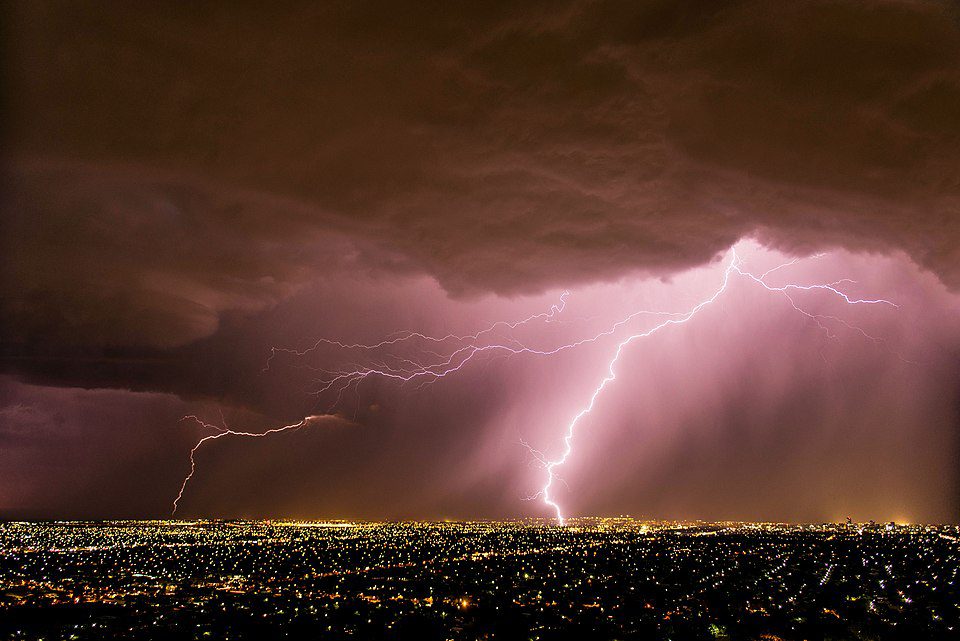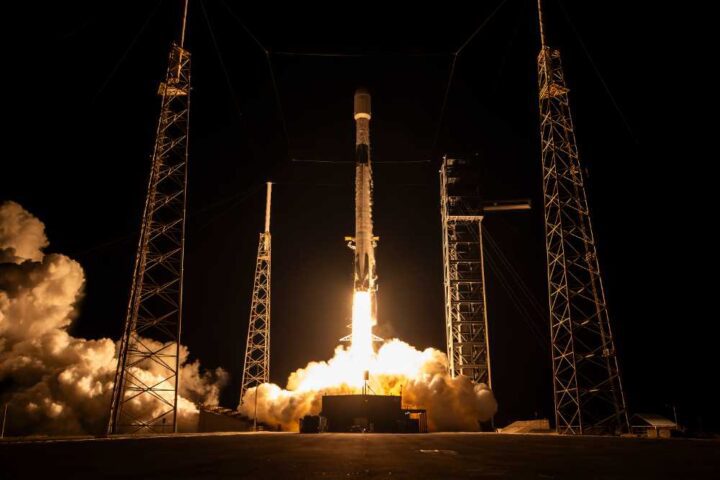SpaceX called off the much-anticipated 10th test flight of its massive Starship rocket on Sunday evening, August 24, 2025, just minutes before the scheduled liftoff from Starbase in Boca Chica, Texas. Engineers detected an issue with ground systems during pre-launch preparations, forcing the team to stand down and reschedule the launch attempt.
“Standing down from today’s tenth flight of Starship to allow time to troubleshoot an issue with ground systems,” SpaceX announced on X at 7:13 p.m. EDT (2313 GMT). Following the scrub, SpaceX CEO Elon Musk explained on X that a “ground side liquid oxygen leak needs to be fixed” and that they were “aiming for another launch attempt tomorrow.”
SpaceX is targeting Monday, August 25, for the next launch attempt, with the window opening at 6:30 p.m. local time (7:30 p.m. EDT). The company has backup opportunities through at least August 26 if needed.
The scrub adds another delay to SpaceX’s ambitious Starship test program, which has faced significant challenges in 2025. The company has experienced three consecutive in-flight failures with the Starship upper stage this year, plus a dramatic explosion during ground testing in June that destroyed Ship 36, which was originally slated for this mission.
A Critical Test with High Stakes
Flight 10 carries particular importance as SpaceX works to overcome a string of setbacks that have plagued the Starship program. During Flight 7 in January, the Starship upper stage experienced a propellant leak and fire in the spacecraft’s aft section, leading to its destruction. Flight 8 in March saw the upper stage fail and break apart shortly after stage separation. Most recently, Flight 9 in May reached its intended trajectory but lost control during its coast phase due to a failure in the fuel tank pressurization system diffuser.
The 400-foot tall fully stacked Starship, consisting of the Super Heavy booster and Starship upper stage (Ship 37), remains the world’s most powerful rocket. When operational, the system is designed to be fully reusable – a key component of SpaceX’s long-term vision of making humans multiplanetary.
Mission Objectives Await Next Attempt
When it eventually lifts off, Flight 10 will test several critical systems and maneuvers. The Super Heavy booster will perform a controlled flip after stage separation, followed by a boostback burn before attempting a soft splashdown in the Gulf of Mexico. In an interesting test, one of the booster’s three center engines will be intentionally disabled to gather data on whether a backup engine from the middle ring can successfully complete the landing burn.
Meanwhile, the Starship upper stage aims to accomplish objectives that have eluded previous missions, including deploying eight Starlink satellite simulators and performing a mid-flight engine relight. The spacecraft will also test various heat shield configurations during reentry, with some tiles intentionally removed to stress-test vulnerable areas.
The upcoming test remains a crucial step for NASA as well, which has contracted SpaceX’s Starship system for lunar landings as part of the Artemis program aimed at returning humans to the Moon.As engineers work to fix the ground system issue, space enthusiasts and industry watchers remain hopeful that Monday’s attempt will break the streak of Starship setbacks and advance SpaceX closer to its ambitious space transportation goals.



















